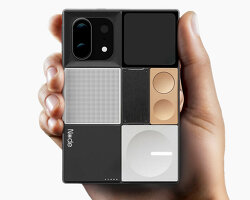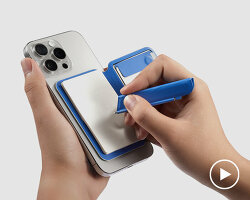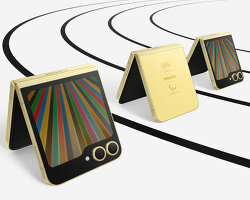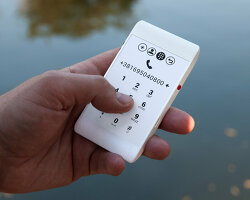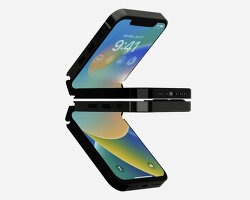KEEP UP WITH OUR DAILY AND WEEKLY NEWSLETTERS
PRODUCT LIBRARY
explore the design and architecture of the paris 2024 olympics, as well as the city shows coinciding with the games.
connections: +610
TERRA COSMOS deciphers new desires and expectations of consumers in search of awe-inspiring experiences through a vision of the future.
connections: 1
as visitors press the keys, a gooey liquid is brought to life, dancing hypnotically in sync with the chilling tunes.
connections: +250
watch iF Design's panel - power of place - livestreamed and moderated by designboom during NYCxDesign 2024.
connections: 90
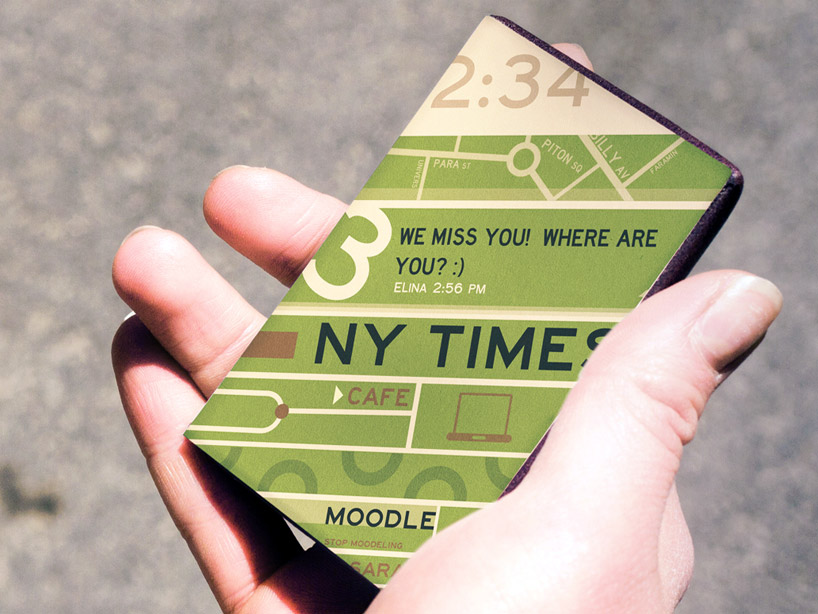
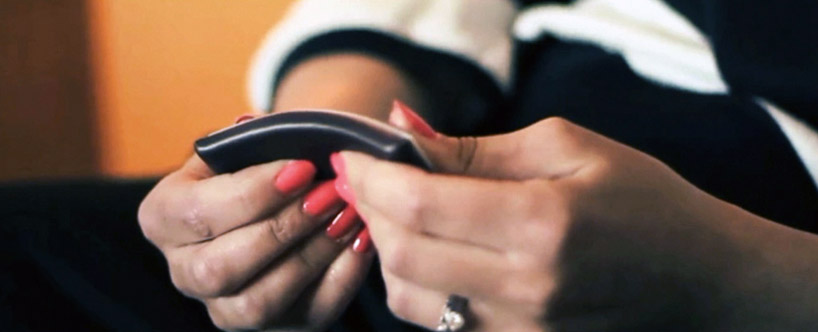 lacking any buttons, the flexible device is operated via intuitive user actions
lacking any buttons, the flexible device is operated via intuitive user actions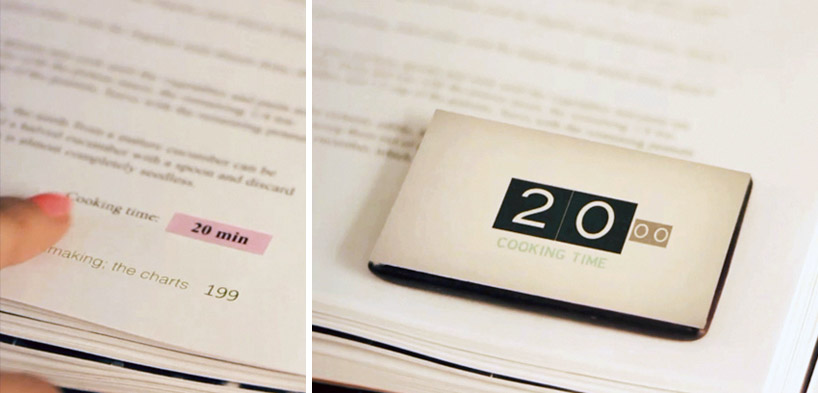 environmental context initiates relevant actions on the device; here, placing the phone over the ‘cook time’ information in a cookbook, automatically opens the timer, properly set
environmental context initiates relevant actions on the device; here, placing the phone over the ‘cook time’ information in a cookbook, automatically opens the timer, properly set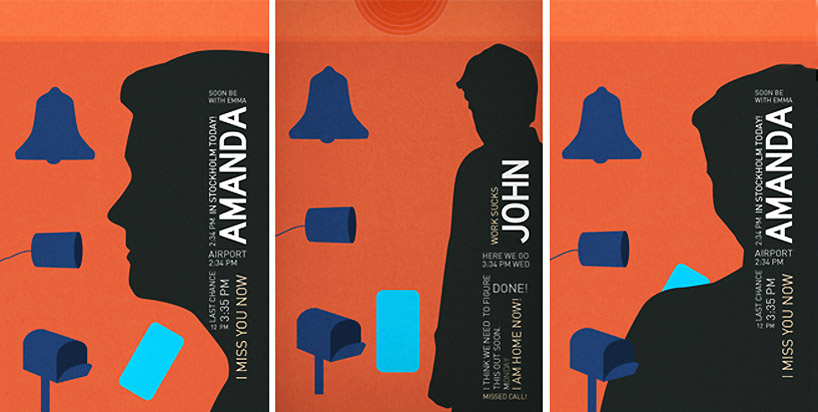 screen graphics of user communications, which replace thread-based messaging with compilations of the interactions between these two contacts
screen graphics of user communications, which replace thread-based messaging with compilations of the interactions between these two contacts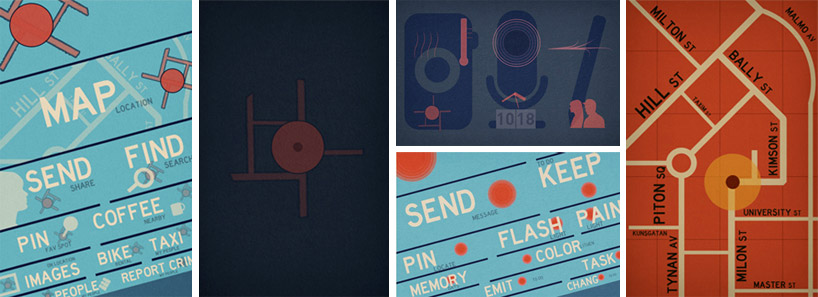 example screen graphics
example screen graphics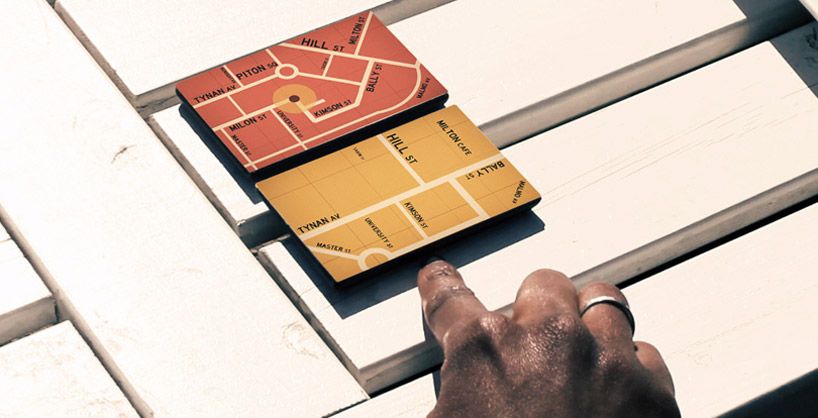 placing two devices near each other enables linked behaviors; here, the depiction of the same map on both phones, one of which has then been rotated and zoomed
placing two devices near each other enables linked behaviors; here, the depiction of the same map on both phones, one of which has then been rotated and zoomed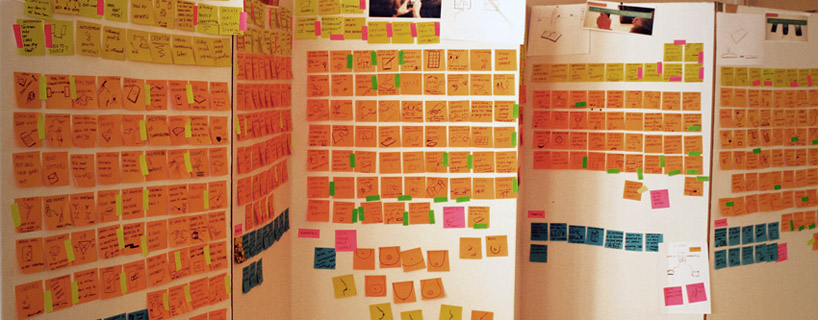 in development of the project, moradganjeh accepted open suggestions, conducted focused research on a handful of users, and designers and experts before structuring his basic concepts, obtaining feedback through case interviews and surveys, and then initiating direct tests and GUI and prototype mockups
in development of the project, moradganjeh accepted open suggestions, conducted focused research on a handful of users, and designers and experts before structuring his basic concepts, obtaining feedback through case interviews and surveys, and then initiating direct tests and GUI and prototype mockups